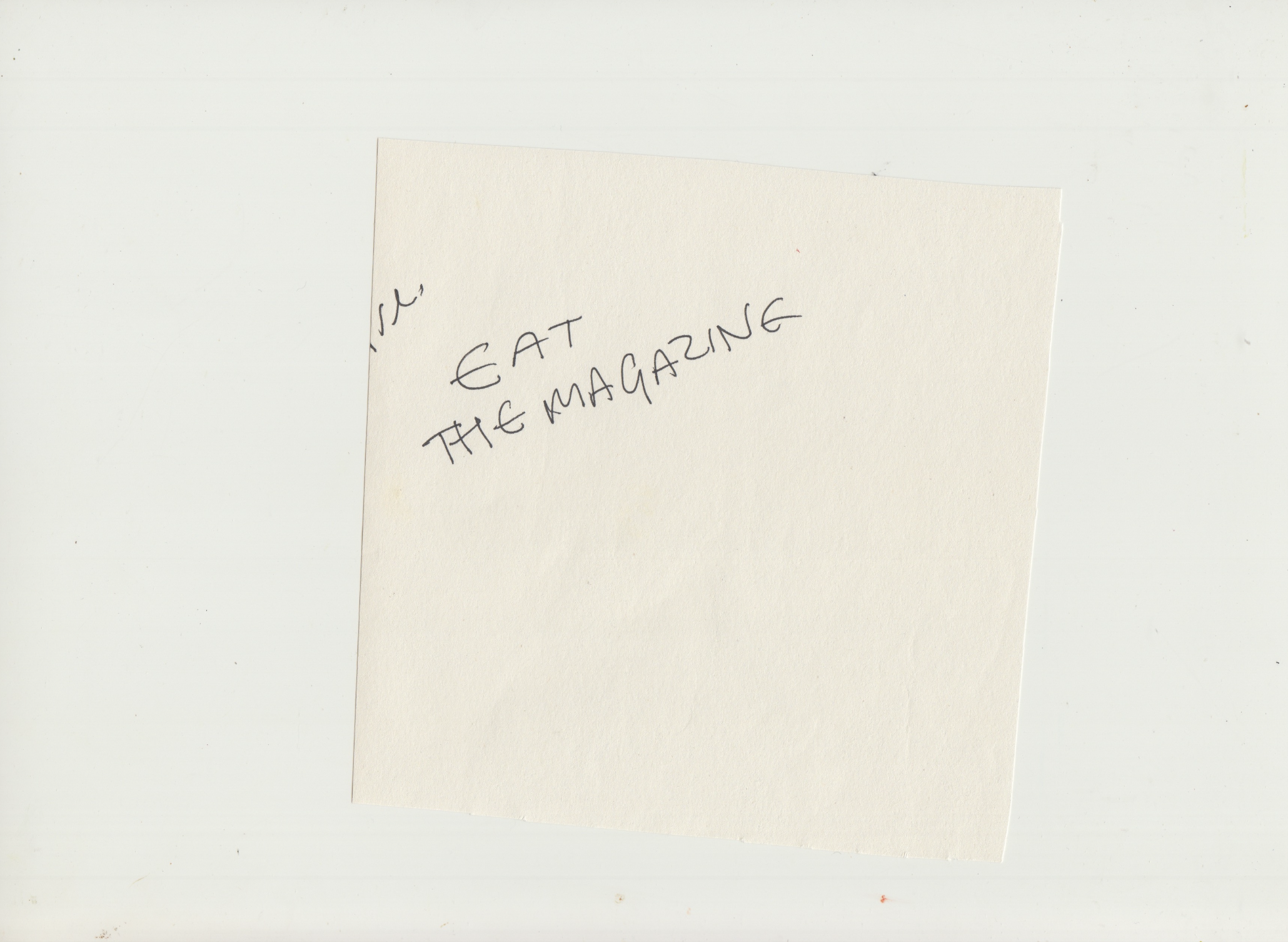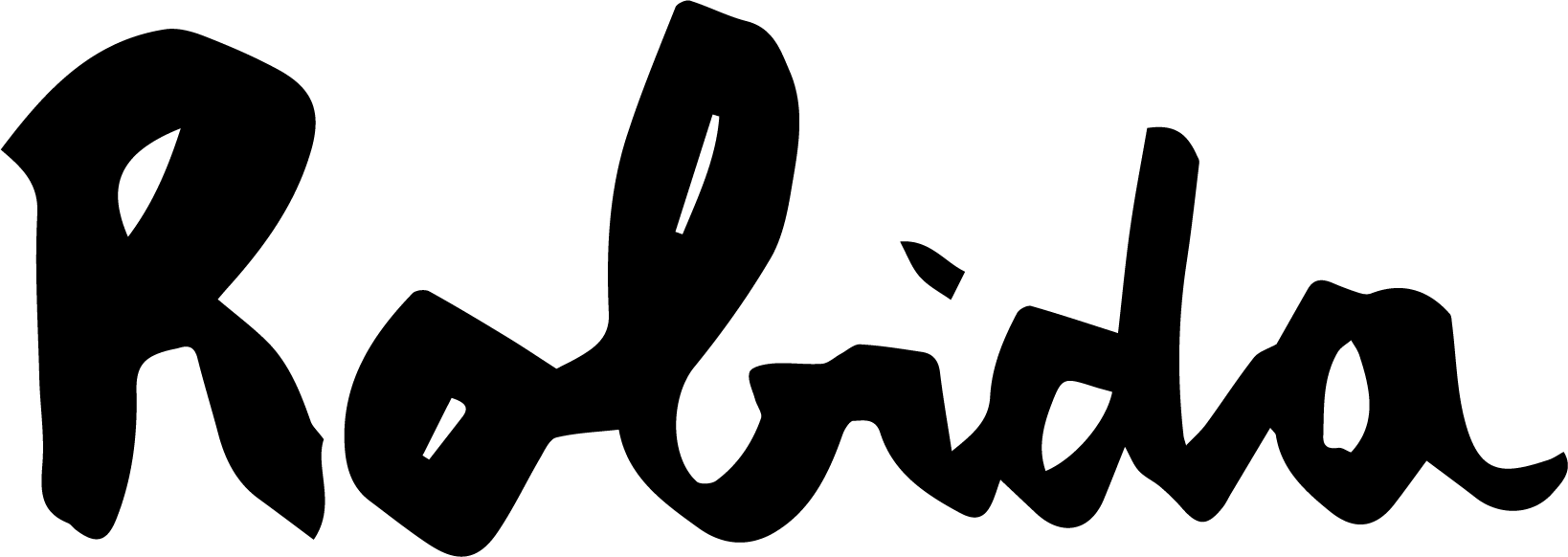– an introduction to Robida 9
Last year we chose for Robida the definition of situated magazine (1) which in its simplest sense can mean that the place where we imagine, work on and produce the magazine enters in it, influences and shapes it. Topolò/Topolove, the small borderland village where most of the editorial board lives and works, participates in the editorial process, holds and accompanies our work through the year in the same way as it holds and hosts our lives. Topics we choose are diffracted and reconstructed through the village, its humble forest, its ruins, its stream: they emerge from it, from the questions that it opens to us – in this issue a question of be-longing, of roots, of relation with the abandoned land.
The village and its landscape host our walks during the pauses while designing the magazine and from the walks we bring back traces (2) that enter the magazine and our memories. Its changing seasons give rhythm to our work – summer: the fullness we generate, winter: the emptiness we desire – the heavy rains and storms affect electricity lines and we are left without light for half a day or sometimes even for entire days.
We see low mountains around us, covered by the dense forest, a hill drawing the horizon in front of us, clouds moving vertically, almost as smoke, up from the valley to the sky – how can this lightly moving cloud, the slowly approaching fog and the sound of rain enter a publication which includes contributors who were never here and for which the editorial work is mostly made through online meetings?

Eat the magazine (3), a note says. And we don’t remember what it originally meant – why to think of the magazine as something to be eaten? If food is “one of the most pervasive corporeal mediators of hybrid communities spanning differently situated people, artefacts, biotic complexes, and practices” (4), then our magazine maybe also works like this, as a mediator between our somewhere and the out there, between our small collective and the place that holds us, as a site where to yearly digest what happens around us and touches us, as a convivial tool, as a pile of compost.
It helps us build affinities, conspire together, remain rooted – “reclaiming the metaphor of the roots from the conservative because it is revolutionary” (6) – be-longing, “not to be still, or be quiet, but to be longing”(7).
But besides being situated and speaking from a specific somewhere – “the only way to find a larger vision is to be somewhere specific” wrote Donna Haraway in her essay Situated Knowledges – Robida magazine is mainly a social space (8). A space through which to long for connections, exchanges and collective articulations of thoughts and practices. And if borders, ecotones, borderlands are “zones of meeting, impact and crossing, fertile for possibilities for change” (9) we perhaps perceive Robida as being a borderland too, open to be changed by others, to be held and carried, and to be interfered.
We see friends crossing the terraced landscape and animals drawing paths. We build affinities to the place and through it weave relations that are key elements to continue to imagine Robida’s future.
We strive to include the margins, as “zones of unpredictability, edges of discursive stability” (10) in the form, content and process of the magazine.We want to remain porous, to learn-with, make-with and think-with our landscapes and our comrades.
THE TEXT IS A CONTINUATION OF SOME REFLECTIONS THAT I OPENED LAST YEAR FOR ROBIDA 8 INTRODUCTION!
(1) Inspired by the term situated publishing, found in a text by Femke Snelting. Snelting, F. (2022). Undisciplined. In J. Wasseling and F. Cramer (Eds.), Making Matters (pp. 301-303). Amsterdam, The Netherlands: Valiz.
(2) Francesca Lucchitta, while designing Robida 9 in Topolò, noted down the traces that the landscape, the village and her readings were leaving in her or the traces she was marking. Find them in her text Traces published in our journal, here.
(3) The calligraphy reveals that the note was written by Jack Bardwell, during the workshop Situated Publishing: Possibilities and Challenges of Editorial Practices in Post- Rural Contexts, organised in Topolò in June 2023.
(4) Whatmore, S. (1997). Dissecting the Autonomous Self: Hybrid Cartographies for a Relational Ethics. Environment and Planning D: Society and Space, 15(1), 37-53.
(5) Timofeeva, O. (2023). Radical Roots. Arch + Journal for Architecture and Urbanism, 142-147.
(6) “Belonging is where you long to belong, whom you want to nestle beside at the end of the day, who you call when you are in pain, or who accompanies you in ritual–in signifying practices that give life meaning.” Carillo Rowe, A. (2005). Be Longing: Toward a Feminist Politics of Relation. NWSA Journal, 17(2), 15–46.
(7) Haraway, D. (1988). Situated Knowledges. The Science Question in Feminism and the Privilege of Partial Perspective. Feminist Studies, Vol. 14, No. 3, 575-599.
(8) “To say that [text] is a social space is to say that stuff is going on: people, things, are meeting there and interacting, rubbing off one another, brushing against one another – and you enter into that social space, to try to be part of it.” Harney, S. and Moten, F. (2013), The Undercommons: Fugitive Planning and Black Study. New York: Minor Compositions.
(9) Mortimer-Sandilands, C. (2004). The Marginal World. In Wainwright, J.A. (Ed.), Every Grains of Sand: Canadian Perspectives on Ecology and Environment. Waterloo, Canada: Wilfrid Laurier University Press.
(10) Tsing, A. (1994). From the Margins. Cultural Anthropology, Vol. 9, No. 3, 279-297.
